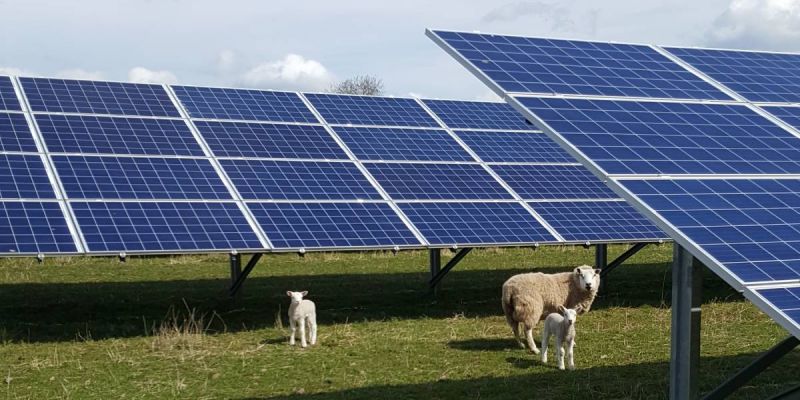Lightning Reach

Lightning Reach is a financial support portal which makes it easy for people to find and apply for a wide range of personalised support (including grants, benefits, help with bills and other resources) in one place. The platform can be used by organisations to streamline or enhance the support they offer to vulnerable customers, using innovative technology like open banking and ID verification, or by individuals seeking to improve their financial wellbeing. Lightning Reach has registered >100,000 users and enabled >£10m in funding to individuals. Partners include The Royal British Legion, Lambeth Council, British Gas Energy Trust, TSB and more.







